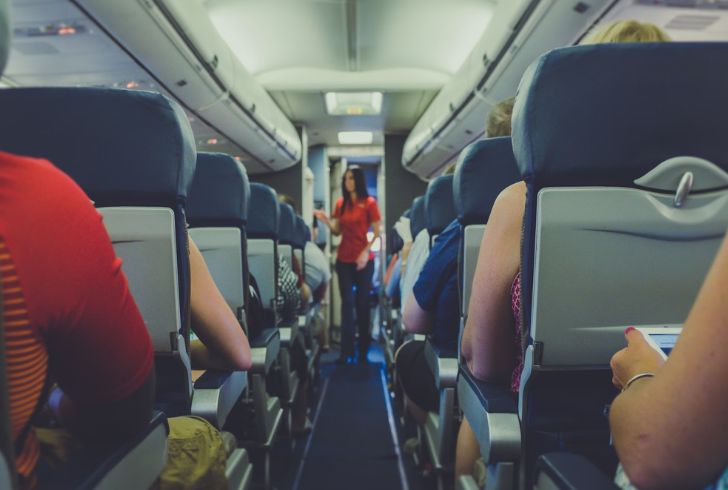In the ever-changing landscape of air travel, a recent trend has taken flight–the incessant swapping of airline seats, known as Airplane Seat-Switching. From viral videos showcasing unauthorized seat changes to Reddit threads filled with attempts to trick fellow passengers, it’s time to address this growing issue. Let’s delve into the unspoken rules, etiquette, and reasons behind the increasing trend of swapping seats during flights.
Understanding the Airplane Seat-Switching Trend
In recent times, there has been a surge in viral videos showcasing passengers switching seats without permission and attempting to trick fellow travelers into seat exchanges. A Kayak survey revealed a sharp divide among passengers, with 54% approving of seat-switching if done politely. However, a significant 77% opposed switching seats if the requester simply disliked their assigned seat.
When is it Acceptable to Switch Seats?
- Sitting next to young kids or elderly relatives.
- Any other situation, be courteous and stay put.
Safety First: Why You Should Stay in Your Assigned Seat

Unsplash | Kenny Eliason| Airplane seat-switching can pose safety risks and lead to removal from the flight.
Beyond the realm of etiquette, safety emerges as a crucial factor against seat-switching. Altering your seat could lead to a no-win confrontation with fellow passengers and, in extreme cases, result in removal from the flight. The aircraft manifest, containing vital information about passengers, emphasizes the potential dangers of seat-switching, such as triggering allergies or affecting the plane’s balance.
Consequences of Seat-Switching:
- Risk of receiving the wrong in-flight meal.
- Potential use of EpiPen due to allergic reactions.
- Risk of emergency landing due to health issues triggered by seat changes.
The Etiquette Experts’ Take: Just Say No to Seat-Switching

Pixabay | Etiquette experts advise against airplane seat-switching, comparing it to rudeness at a dinner party.
Etiquette experts unanimously agree that most forms of airplane seat-switching are simply rude. Imagine attending a dinner party, finding your assigned seat, and someone deciding to sit wherever they please–impolite, right? Experts advise passengers to decline politely if asked to switch seats, asserting their right to stay in their assigned spot without providing elaborate reasons.
Etiquette Tips:
- Politely decline seat-switching requests.
- Offer a simple response, like “I prefer to stay where I am.”
The Blame Game: Airlines’ Role in Seat-Switching
Airlines may share some responsibility for the seat-switching trend. By charging extra for seat assignments, they’ve created a scenario where passengers without assigned seats negotiate their way out of dreaded middle seats. The article suggests that airlines could curb this trend by allowing passengers to choose seats without additional fees.
How Airlines Can Address Seat-Switching:
- Eliminate seat selection fees.
- Offer passengers the option to choose seats without extra charges.
Tips for a Better Seat Without the Drama

Pixabay | Secure a comfortable spot during your flight with practical alternatives to seat-switching.
As an alternative to the seat-switching drama, there are practical ways to secure a more comfortable spot during your flight.
- Pay for a Preferred Seat: Consider the cost of an assigned aisle or window seat as an investment in a hassle-free journey.
- Utilize Frequent Flier Programs: Loyalty programs often provide better seat options without additional fees.
- Opt for Airlines Without Assigned Seats: Airlines like Southwest offer open seating, providing a chance for a more favorable spot without the need for negotiations.
Stay Grounded in Your Seat
In the world of air travel, adhering to the assigned seat might just be the key to a smoother journey. Whether it’s for safety reasons, avoiding confrontations, or simply being courteous, staying in your designated spot ensures a more pleasant experience for everyone on board. So, the next time you’re tempted to switch seats, think twice and consider the unwritten rules of airline etiquette.







